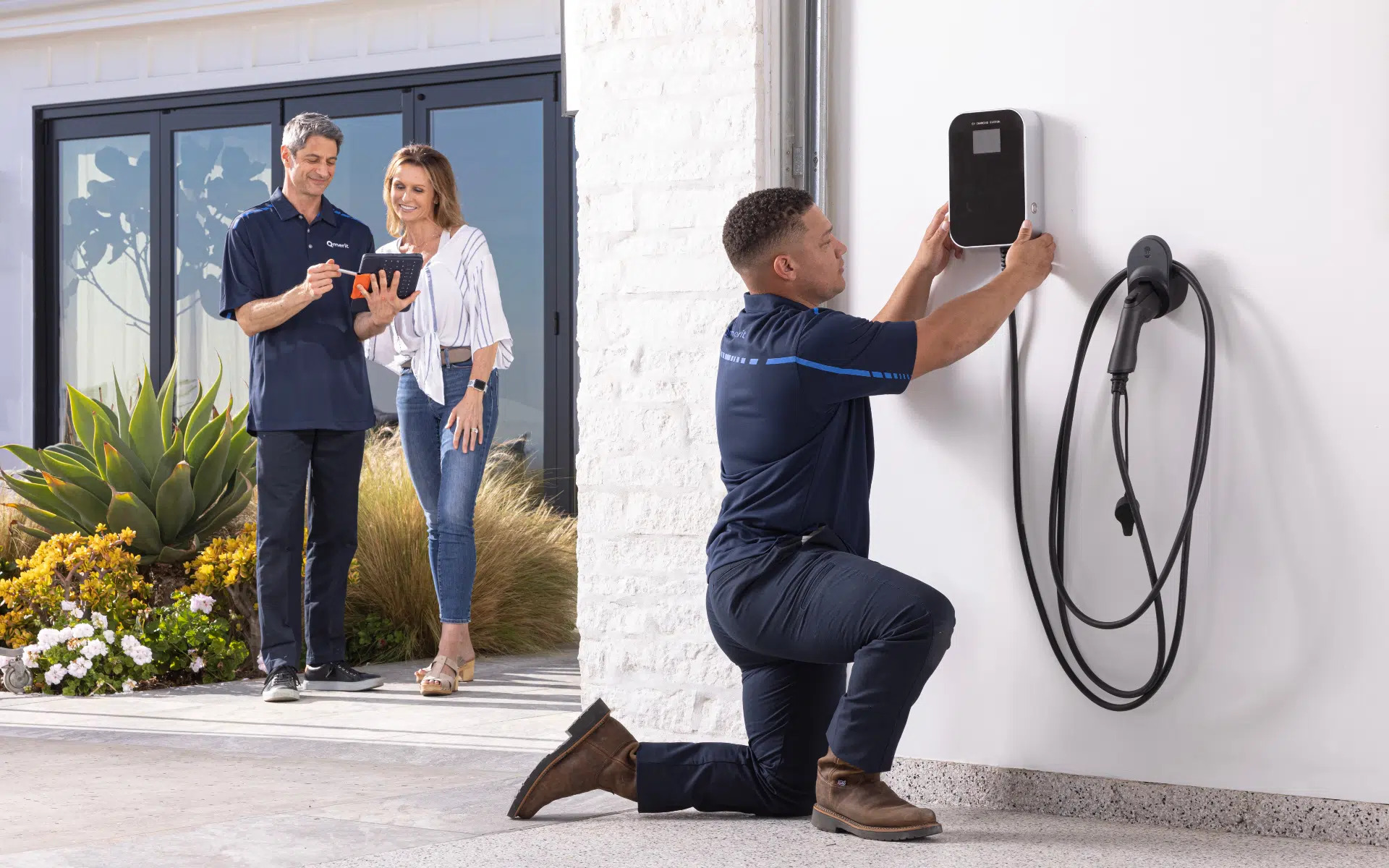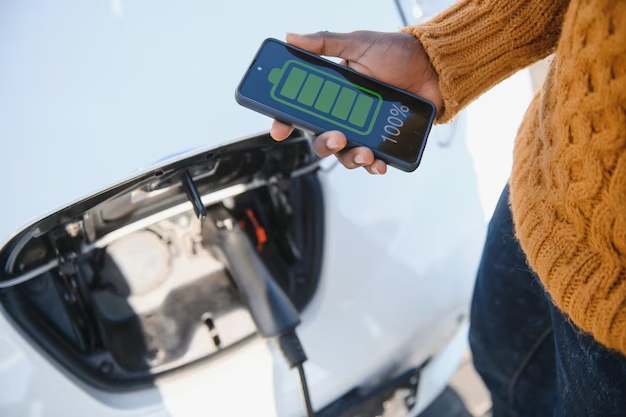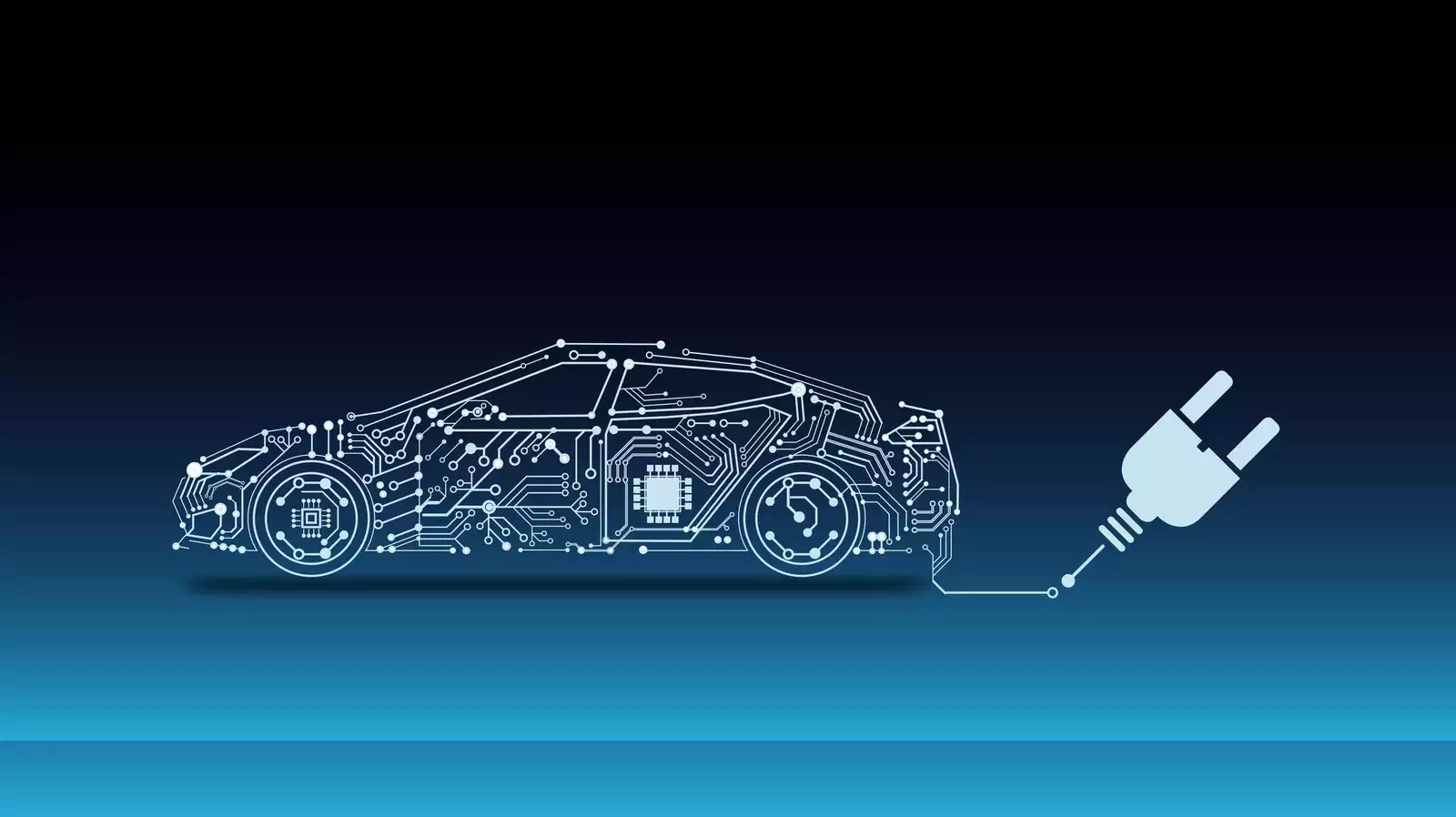Electric vehicles (EVs) are the future of transportation, offering a cleaner and more efficient alternative to traditional petrol and diesel cars. EVs not only support eco-friendly initiatives but also promise significant long-term savings on fuel and maintenance. For the first-time EV owners, adopting this technology represents a commitment to a sustainable lifestyle. However, with this shift comes the responsibility of maintaining these advanced vehicles, especially when it comes to charging them at home.
Charging an EV at home is convenient and essential for EV ownership. While public charging stations are becoming more common, most charging still takes place at home, often overnight. This task is more than just plugging in your vehicle; it requires awareness and adherence to safety protocols to ensure both your vehicle's longevity and your home's safety.

Here are some essential tips for setting up and using your home charging system:

Install a Dedicated Fuse Board:
- Start by installing a dedicated fuse board for your EV charging station. This keeps the high-powered charging point separate from other circuits in your house and provides the correct safety features for the charger.
- Contact a professional electrician to evaluate if your home’s electrical system can handle the specific requirements of EV charging.

Install Professional Charging Stations:
- A proper EV charging point installation is crucial. While standard electrical outlets can be used for occasional charging, regular and efficient charging requires a professionally installed 7kWh or 22kWh charging station with built-in safety features.
- Make sure the installation is performed by a certified electrician to meet necessary safety standards. You can search for an “EV charger installer near me” to find qualified professionals.
Inspect Equipment Regularly:
- Regularly check your EV charging equipment for any signs of wear, damage, or fraying. Faulty equipment can pose serious risks, such as electrical fires. Replace any damaged components immediately and seek professional assistance instead of attempting repairs on your own.
Follow the Manufacturer’s Guidelines:
- Every EV model comes with specific charging recommendations, including the type of charger to use, charging duration, and maintenance tips. Using chargers and accessories not approved by the manufacturer can lead to inefficiencies and safety risks, and may void your vehicle’s warranty.
Maintain a Clear Area:
- Keep the space around your EV and the charging station free from flammable materials, water puddles, and general clutter. This prevents accidental fires or electrical hazards and allows for adequate ventilation during the charging process.

Avoid Overcharging the EV:
- Modern EVs have systems to prevent overcharging, but it’s still advisable not to leave your vehicle plugged in longer than necessary. Overcharging can stress the battery and affect its lifespan. Unplug your EV once it’s fully charged or use a smart charging system that stops charging when the battery is full.
Protect Your EV Against Power Surges:
- Install a surge protector in your home’s electrical system to protect against sudden voltage spikes, which can damage your vehicle’s battery and charging equipment. This is especially important in areas prone to lightning or unstable power supply.
Charging Forward to a Safer Home with Your EV
As electric vehicles are becoming more popular, understanding safe home charging is increasingly important. Setting up and maintaining an EV charging at home might seem challenging, but it's not difficult with the right knowledge and practices.
By following these simple tips, you can ensure that charging your EV at home becomes a safe and easy part of your daily routine. A little caution goes a long way in ensuring a safe, enjoyable, and eco-friendly driving experience with your electric vehicle.
Also Read: Hybrids catching up fast with EVs; Maruti, Toyota driving growth




_1716799620.webp)




_1767768420.webp)
_1767767135.webp)
